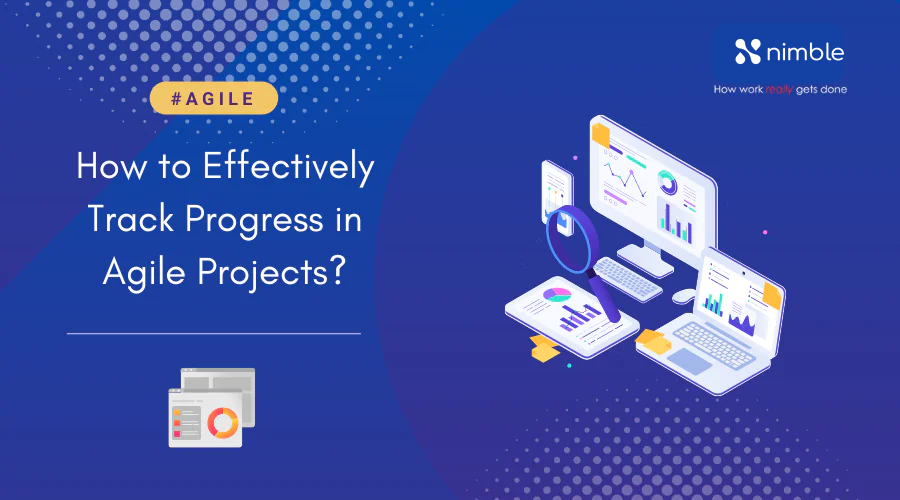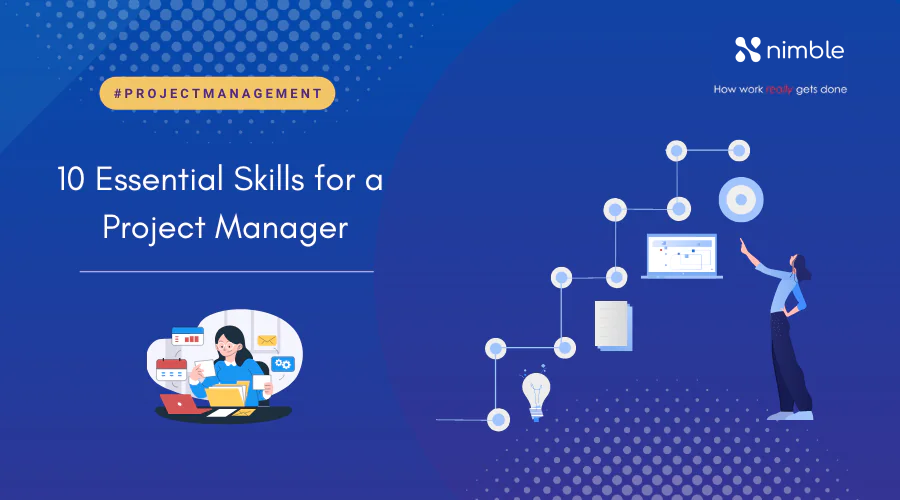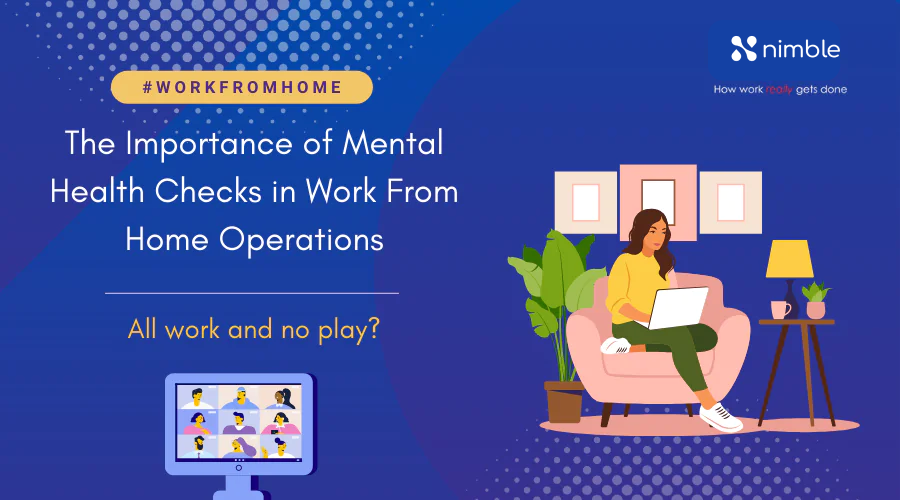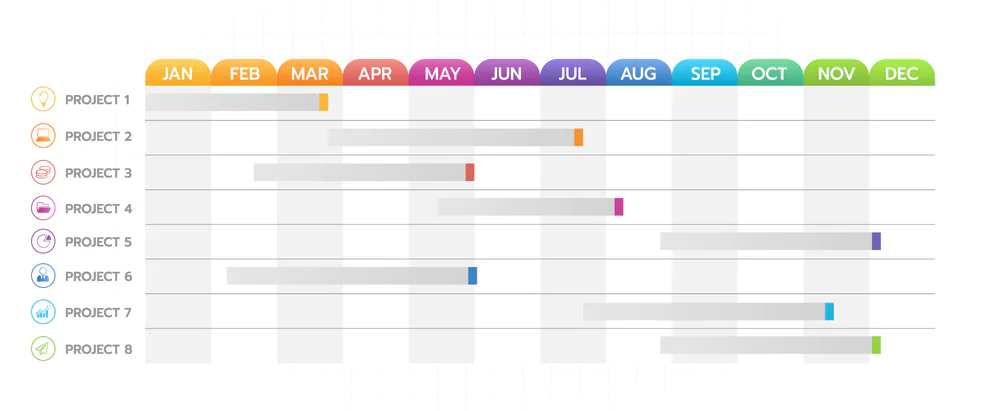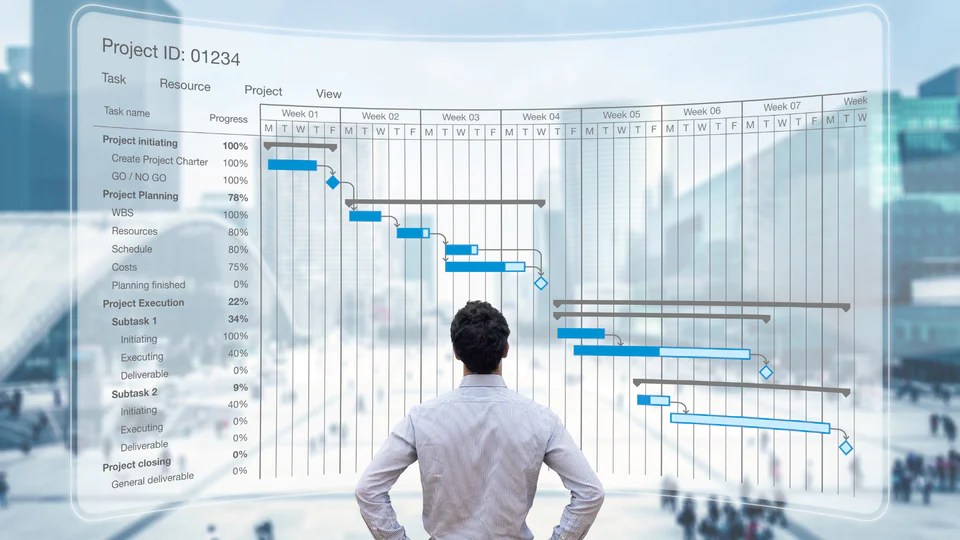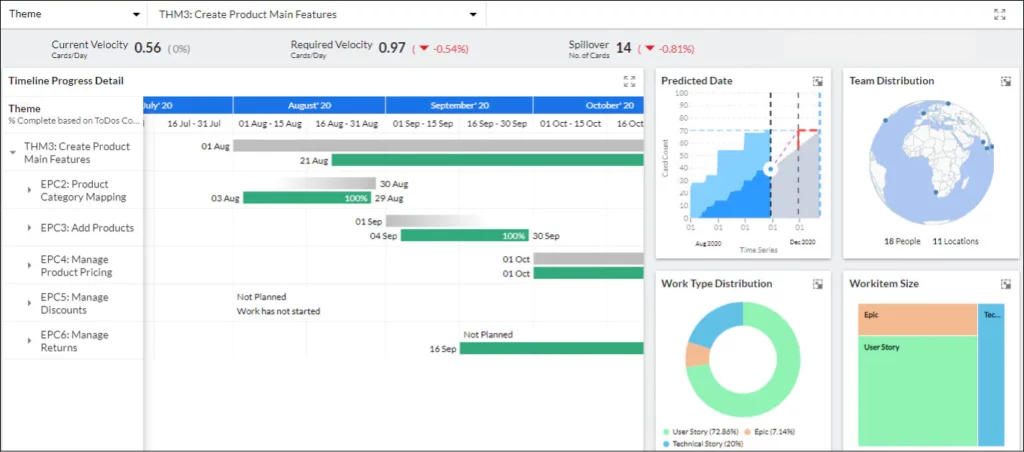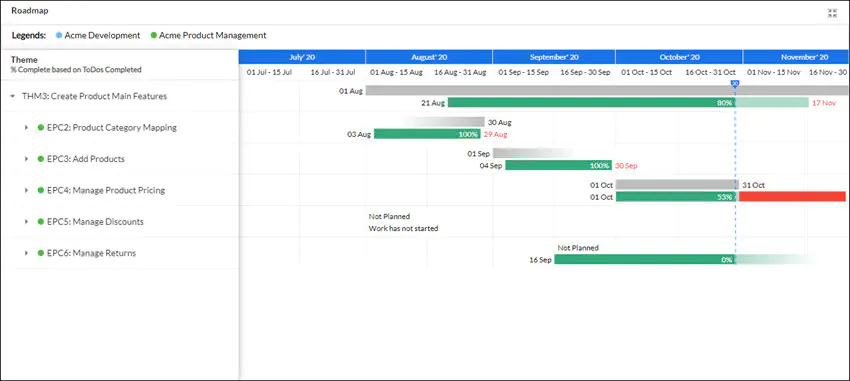What is a Project Roadmap?

Project/ Work Management 101
Overview of Project Roadmap
Stakeholders expect project managers to update them on the progress of a project throughout the project life cycle. However, as a project consists of numerous moving parts, project managers can get lost in low-level details and lose track of the bigger picture. Still, it is essential for project managers to present the execution progress to stakeholders without getting lost in the minutiae of the project. This is where a Project Roadmap comes in handy.
A well-developed project roadmap is one of the critical components of project planning process that summarizes the entire project plan into an easily comprehensible document without delving into the minutiae of the plan.
This article will walk you through the definition of a project roadmap, the difference between a Project Roadmap, the Project Plan, and the Project Dashboard, some best practices for developing and maintaining a project roadmap, and the advantages of a project roadmap.
What is a Project Roadmap?
Project Dashboard, Project Plan, Project Roadmap – The Difference
-
Project Roadmap: A project roadmap is a high-level, strategic visual representation of a project. It does not go into details about day-to-day activities. The roadmap is intended to provide the management team and stakeholders with a quick strategic overview of the project’s status.
-
Project Plan: A project plan (or schedule) presents task-level information about a project on a timeline to assist project managers in determining the overall time it will take to do the project, as well as in identifying all the tasks that need to be done and tracking all components of the project at a detailed level. The project plan is primarily intended to serve as an artifact for the project team to keep a plan and track of how the project is progressing.
-
Project Dashboard: The project dashboard provides the status of all the key performance metrics for a project. It serves the purpose of a monitoring tool for project managers to keep track of things that are going well in the project as well as those that may need to be adjusted to meet project goals. The dashboard gathers information from various touchpoints and merges them together into a single interface. This provides stakeholders, project managers, and team members an overall snapshot of the project’s status. Project dashboards are intended to present key performance measures and actionable insights for corrective action at various levels.
5 Key Elements of a Project Roadmap
-
Objectives: Objectives form the most important element of a project roadmap. It should provide a macro-level view of the project targets, how the targets are being achieved, the key tasks, and time and budget constraints of the project to project managers, project team, and stakeholders. The project roadmap needs to be built in such a way that it helps to get a clear picture of work going on in the project at a glance.
-
Milestones: Project milestones signify the level of progress that has been achieved within the project. They assist stakeholders and project managers in tracking project progress and allow team members to plan their work commitments and priorities accordingly.
-
Deliverables: Project deliverables are the tangible outcomes that are expected to be achieved from a project. Stakeholders viewing a project roadmap should quickly and easily be able to grasp the project progress by looking at deliverables.
-
Risk Management: One of the most crucial aspects of a project’s execution is risk management. The roadmap highlights potential risks or issues that the project may be facing. By having this information available at all times, project managers will be able to avoid the risks or take the required precautions if they do encounter the same.
-
Timelines: Adhering to timelines and schedules is crucial at every stage of the project. This benefits both the team and the stakeholders, who can see if milestones and critical deliverables are being met on time and if the project as a whole is on track.
3 Best Practices of Project Roadmap
1. The roadmap should come prior to the project plan:
2. The project roadmap should be easily comprehensible:
3. The roadmap should be updated regularly:
What Are the Advantages Of A Project Roadmap?
1. Outlines only the project objectives and saves time
2. Obtain buy-in on the deliverables of the project
3. Managing the expectations of the project stakeholders
Summary
Project Roadmap FAQs
A project roadmap is a high-level, strategic visual representation of a project. While a project plan presents task-level information about a project on a timeline to assist project managers in determining the overall time it will take to do the project.
A Project Roadmap is a strategic plan that defines a goal or desired outcome and includes the major steps or milestones needed to reach it.
A Project Roadmap should include objectives, milestones, deliverables, resources, and a planned timeline.
Recent Blog Posts
